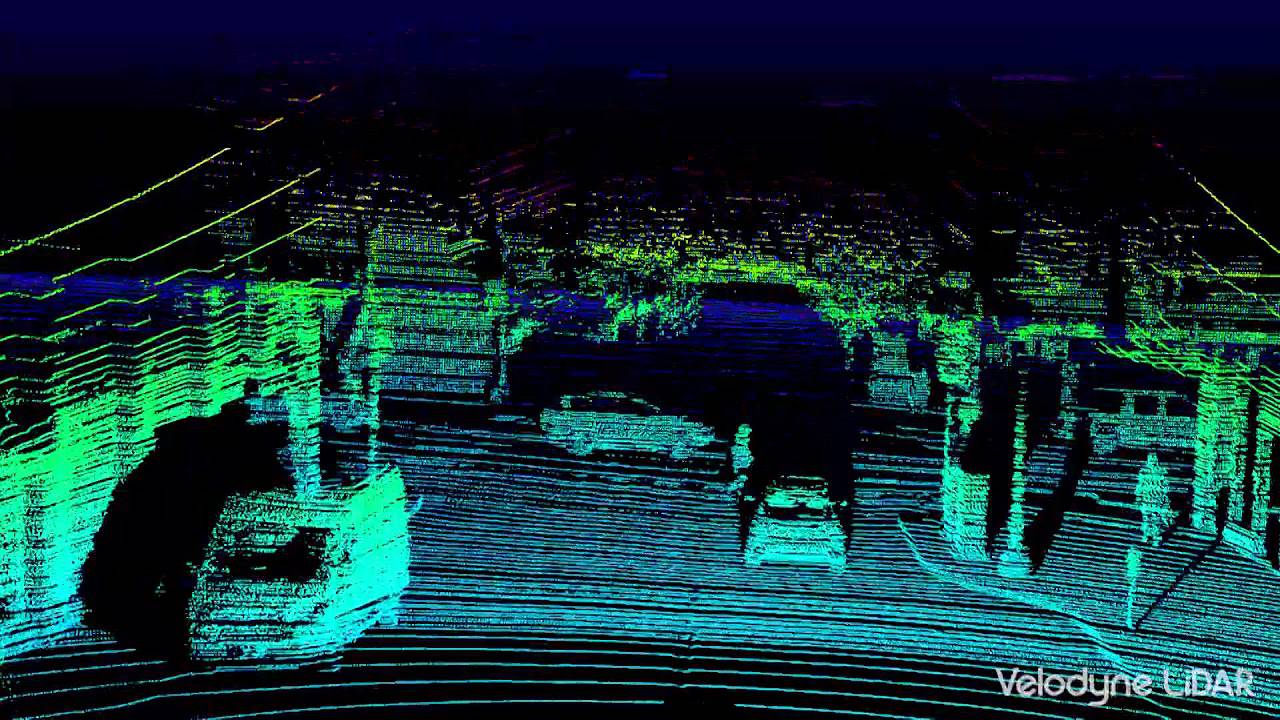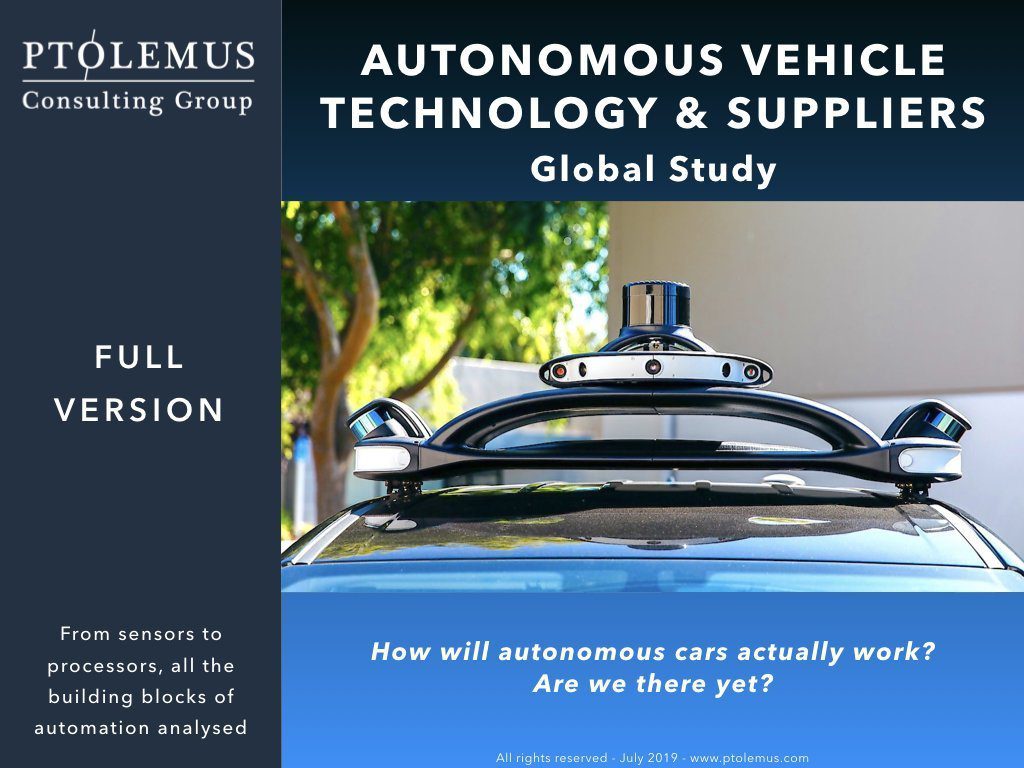LiDAR: 3 things to expect from the market in the next 5 years

In the world of autonomous vehicles, whether or not to include LiDAR in a sensor suite is a polarising subject. Some maintain it is essential for safe operation of Autonomous Vehicles (AVs) whilst others steadfastly insist that there are cheaper alternatives that can deliver the same results.
This puts PTOLEMUS in an advantageous position, being a leading independent research and consulting firm in the field of vehicle autonomy, and having just released our Autonomous Vehicle Technology & Suppliers Global Study, we are able give an informed, unbiased and truly independent opinion of whether LiDAR is relevant, fit for purpose or indeed necessary in today’s and tomorrow’s AVs.
The first point to make is that no one technology is the panacea; LiDARs work most effectively in conjunction with other technologies such as radars, cameras and ultrasonic sensors to effectively act as the eyes and ears of an autonomous vehicle.
All of these sensors need to work together in order to provide redundancy to the autonomous vehicle to ensure safety. Cameras are cheap and can identify signs and road markings but they struggle in adverse weather conditions and, if not used in pairs, lack the depth perception required to measure distance.
The range of ultrasonic sensors is limited, and hence they are mainly employed for short distance applications, whilst radar works well for measuring the distance and speed of moving objects but struggles with object classification in real-time.
LiDAR technology uses pulsed lasers to measure the distance, speed and direction of any object in is field of view, in real-time, generating a 3D map/point cloud.
Therefore on a technical level, the case for LiDAR is quite compelling as it is able to perform the job of multiple other sensors. However there are two significant challenges facing the technology; size and cost.
As recently as two years ago commercially available LiDAR sensors were available for $100,000 per unit which, whilst viable for niche applications were simply not appropriate for mass application in AVs. Similarly, these units were bulky, meaning integration into vehicles was compromised too.
However, much like with the density of transistors on a circuitboard under Moore’s law, LiDAR has been reducing in cost and size, and in the next 5 years, the LiDAR market will be impacted in the following ways:
- The prices will reduce and drive market volume: Prices have already decreased from the $100,000 a piece for Velodyne’s Electromechanical LiDAR to $60,000-25,000 for the latest ones. There are even cheaper units, from various established and new players alike which provide limited function but at a sub-10k price tag. Furthermore, PTOLEMUS estimates that prices are set to further decrease in general by up to 40% in the next 3 years.
- Large and bulky single LiDAR systems will be replaced by small and robust multiple LiDARs per AV: PTOLEMUS expects that MEMS LiDARs will increasingly substitute mechanical scanning hardware, and whilst not fully solid state, will provide a good compromise between cost and performance. More sophisticated systems such as the Optical phase array LiDAR systems or flash LiDARs, provide higher performance as as these too become cheaper will further contribute to the overall increase LiDAR unit popularity.
- New players such as Ouster and Aeye will provide competition to more established players such as Velodyne and Valeo: There are more than 70 LiDAR players in the market today, with notable examples, such as Luminar and Innoviz that are working toward improving resolution and range of LiDAR. Established players are gearing-up to compete though, and there is an emerging trend of more established players developing LiDAR tech in house, the most notable example being Waymo.
Once the price of these systems fall into the affordable range category that is below $2,000 PTOLEMUS predicts that car manufacturers and suppliers alike will begin to adopt the technology on a mass scale, and in the near-term, we expect to see up-market vehicles in development for sale in the next few years, that provide a degree of autonomous driving functionality, will use LiDAR, not least for safety reasons due to the extra level of perception capability it provides.
At Ptolemus Consulting Group, we’ve spent considerable time monitoring the autonomous vehicle markets, we recently published two reports that covers the autonomous landscape from both the supplier’s point of view and OEM’s point of view and defines where they stand currently.
If you’re interested in what Ptolemus Consulting Group could do for you go to our website at www.ptolemus.com or email us here.

